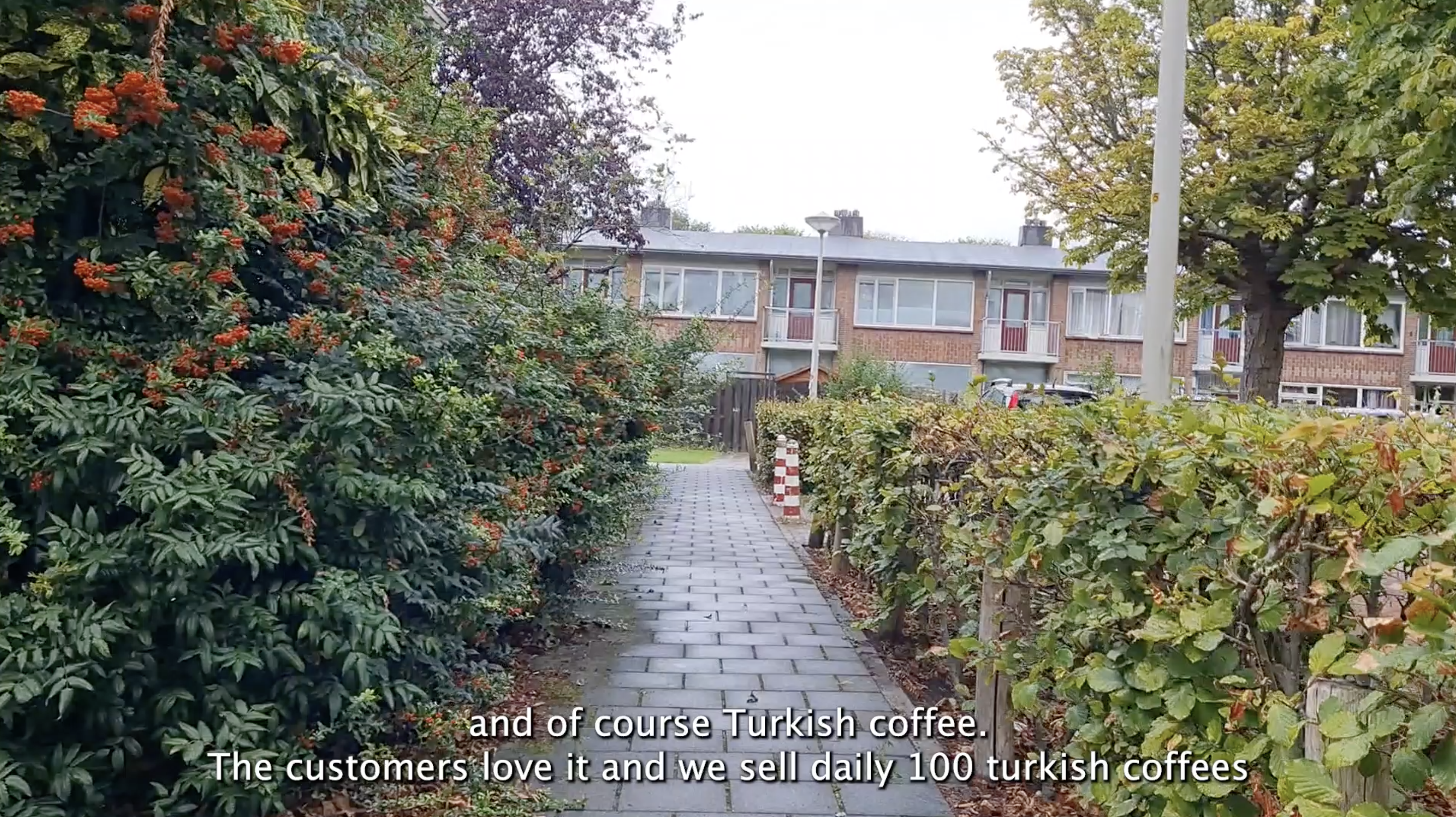
The 10-day 24/7 on-site specific research project that I participated in was guided by artists Ruben Abels and Iris Vetter. These artists had already been working on a project about the neighborhood called "Toon." The "Toon" project focused on the ongoing changes in the Bouwlust en Vrederust neighborhood, which had been experiencing gentrification for some time.
Through "Toon," Abels and Vetter aimed to explore the social dynamics and evolving cultural landscape of this area in The Hague as well as engage actively in cultural projects with the locals. Their work highlighted the contrast between the neighborhood’s and the rest of the city, emphasizing the impact of gentrification on the local community. My own project was conducted within this broader context, providing a more personal and immersive perspective on the neighborhood's situation and contributing to the ongoing conversation initiated by "Toon."
DEN HAAG
2023
At the beginning of September 2022, I, along with all my classmates from the Irap (Interrelational Art Practice at Minerva Hanze in Groningen) course, participated in a 10-day 24/7 on-site specific research project in a long-gentrified neighborhood of The Hague called Bouwlust en Vrederust. The project required us to reflect on the situation of the neighborhood through action, communication, and first-person interactions with the residents and locals.
My analysis and field research can be divided into three parts, through which I achieved three distinct outcomes.
The first outcome of the field research is a video shot with the help of a bike, which presents a walk around the neighborhood, including the streets closest to the houses, with the audio of the two interviews as background, creating a sort of 360-degree immersion into the current environment of the neighborhood in 2022. Now, in 2024, the neighborhood is very different due to the ongoing gentrification that took place at the time of my research.
To be fair, I initially had no idea about the situation of the neighborhood or, in fact, the reality of the city of The Hague and the interviews with the locals despite the language barries (as at that time I wasn't proficient in Dutch and most of the locals I encountered didn't speak English) helped to understand the place. I interviewed two people in particular who kindly talked to me about the neighborhood from their prospectives.
The woman I interviewed in the first part, in Turkish (thanks to Belgian artist Beyza Batmaz who helped with the translation), works in a café/restaurant very popular in the neighborhood and explained to me a bit about the importance of this place on a social level for the locals. They not only use it as a meeting place or to celebrate social events with people from the same ethnic group (many residents of the neighborhood had Turkish backgrounds or actively spoke this language with other residents) or with those who share the same interests. The second voice in the second part of the video is a local Dutch man who runs a secondhand shop and has known the neighborhood well for 30 years, as he has also lived there for that long.

